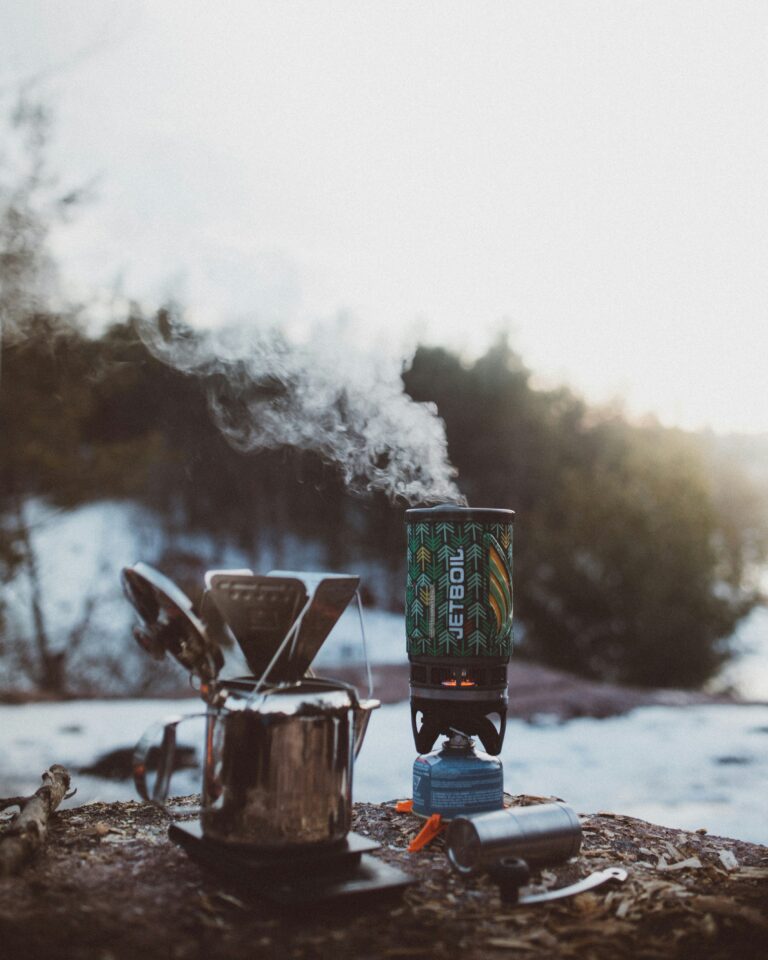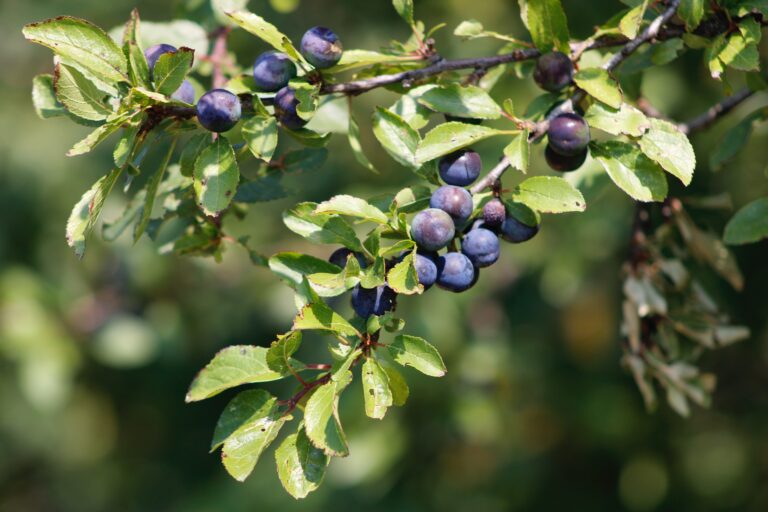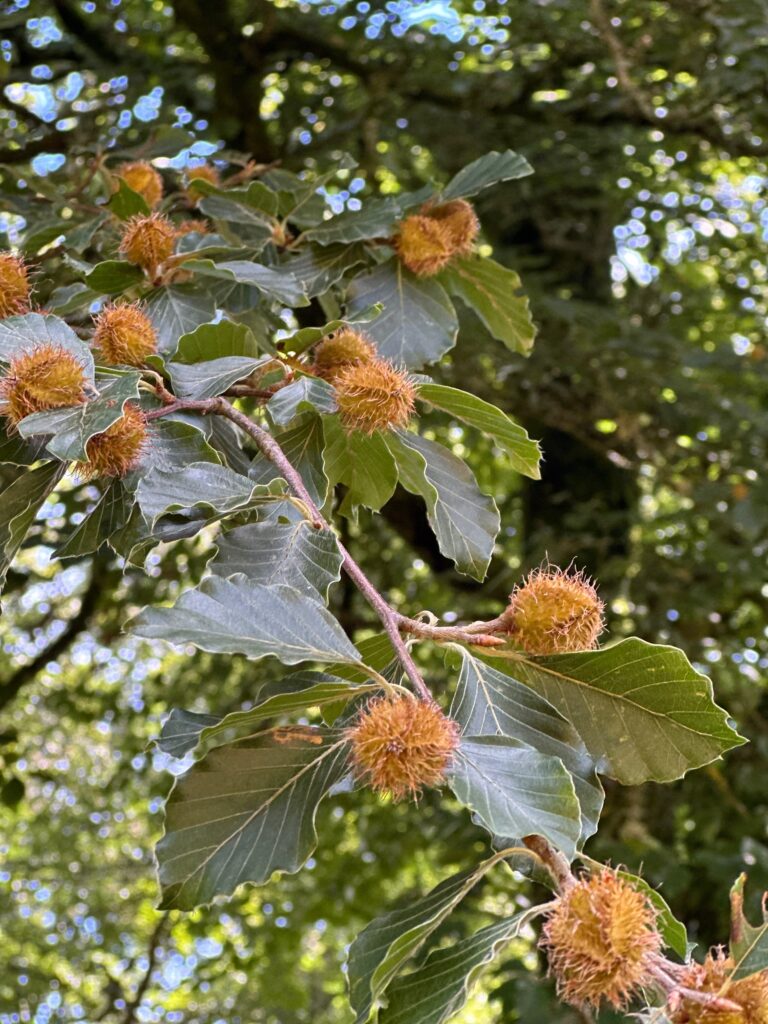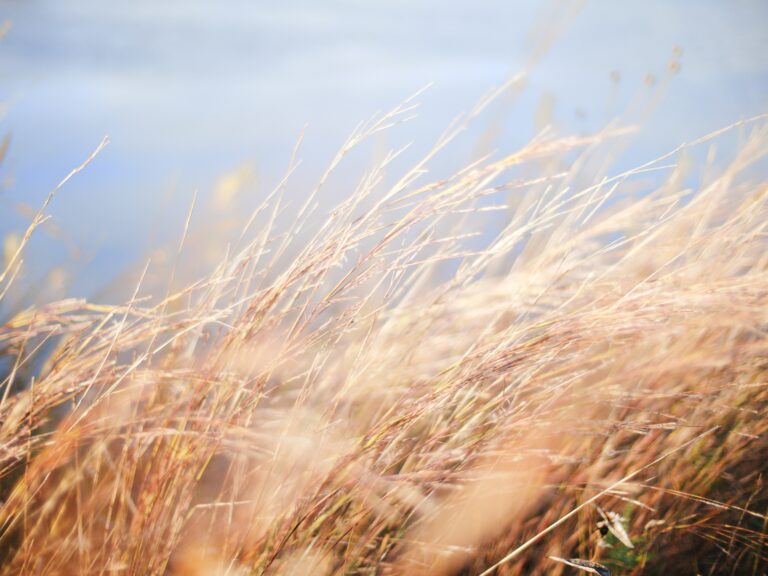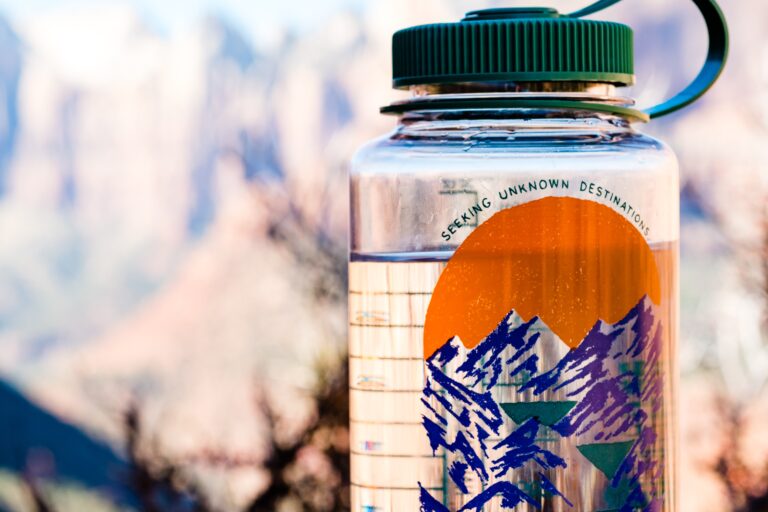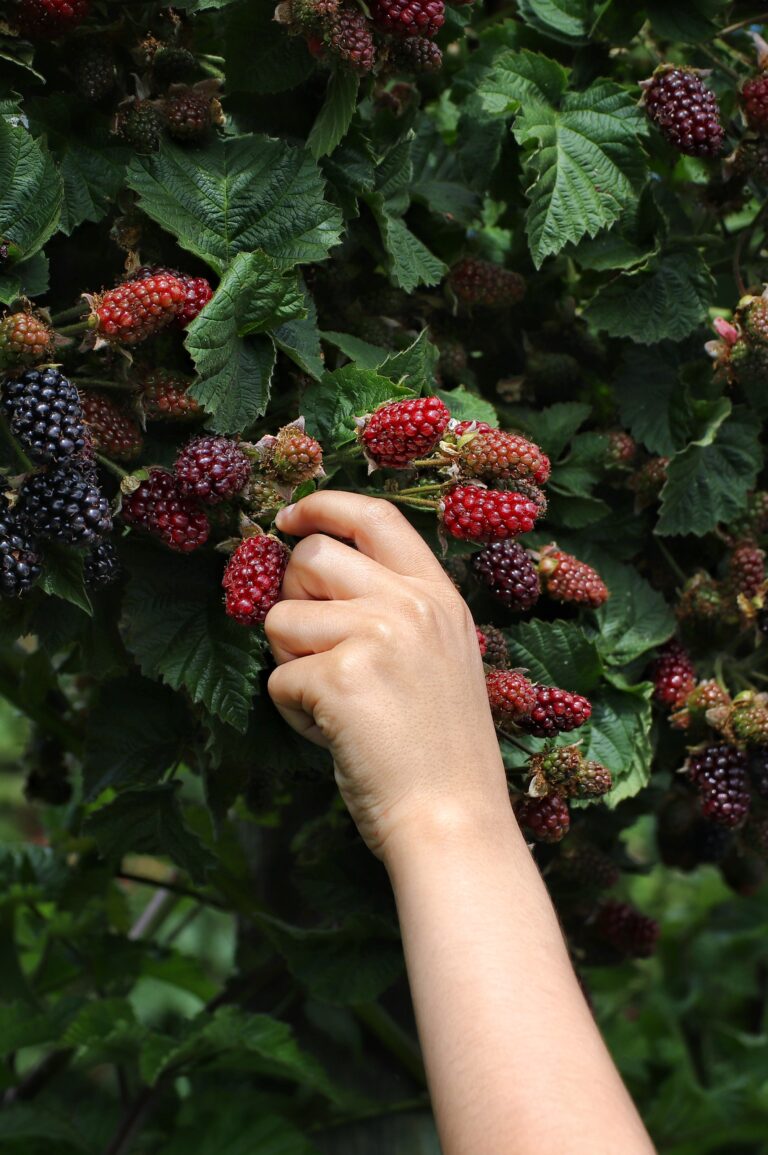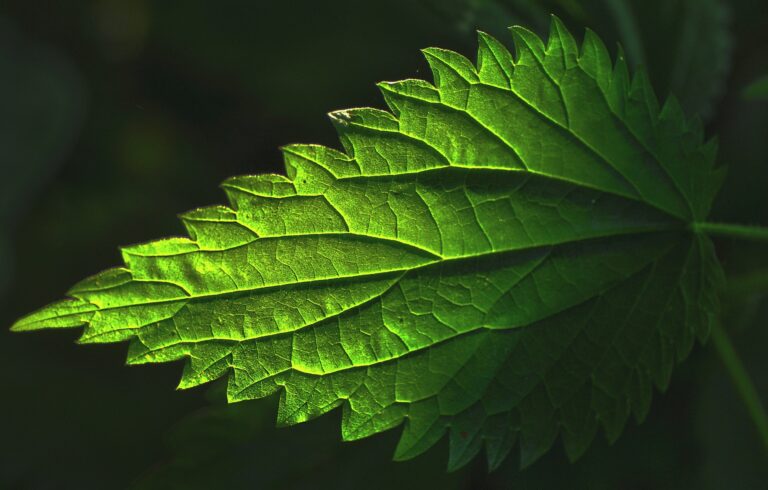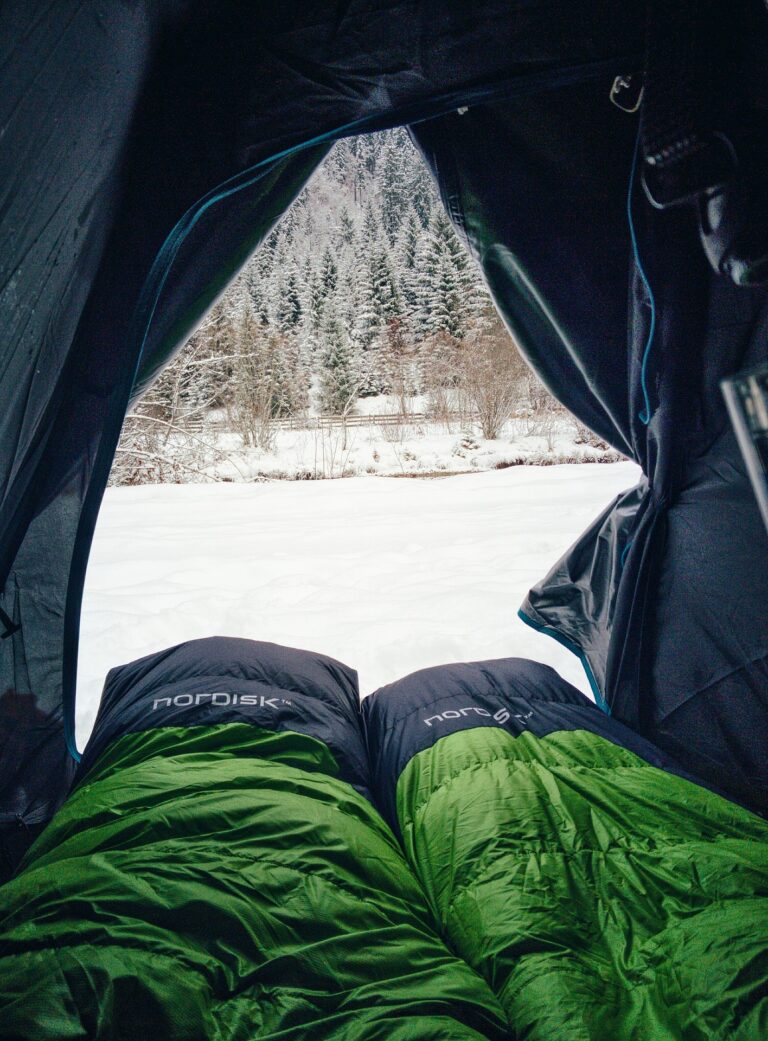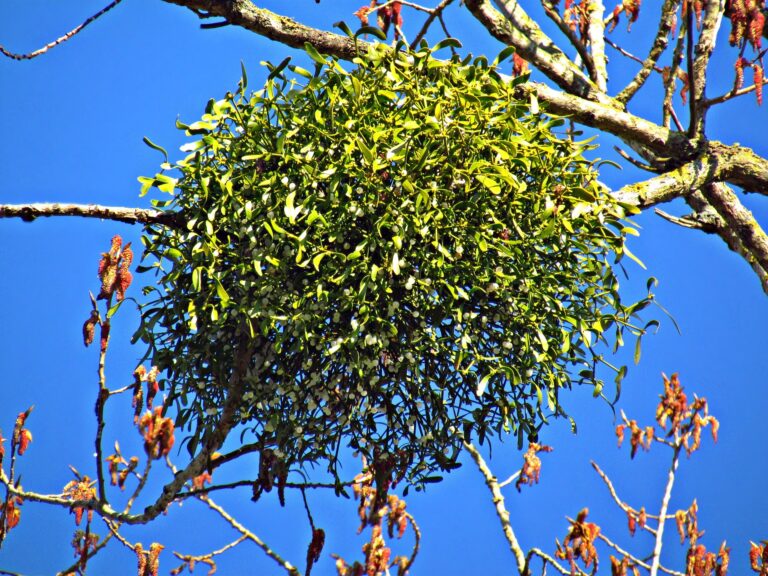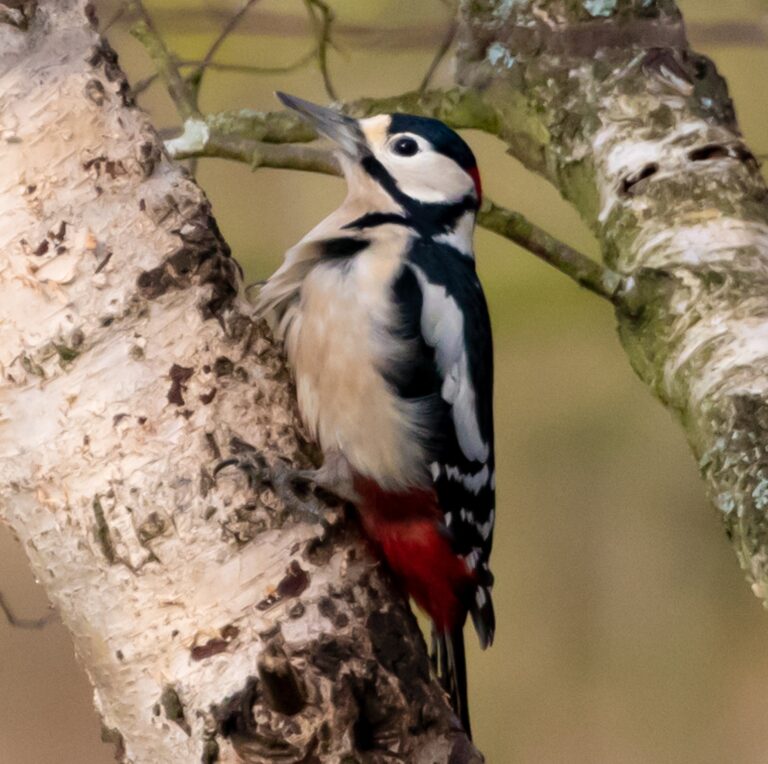Bushcraft doesn’t have to stop just because it’s winter!
For many, winter means less time outside, but it doesn’t have to stop you completely. Yes, if you are juggling work and family commitments around your time out in the woods, the reduced daylight hours can make it feel more limiting and restrictive. But you have a head torch, right? It sounds flippant doesn’t it,…

